Red Flamboyant Rokkaku
The Rokkaku kite, or shortly called “The Rok” as it’s often referred to in the West, is a tailless bowed design, hexagonal in shape. This Red Flamboyant Rokkaku has 3 frames made of fiberglass, its dimension is 140cm x 168cm.
| Type of kite | Sport kite |
|---|---|
| Wing-span | 1m4 |
| Frame | |
| Skin | Ripstop Nylon |
| Suitable wind level | 7-19km/h |
| Flutes to carry | No |
Description
This Rokkaku has 3 frames made of fiberglass, sewing a red flamboyant. Its dimension is 140cm x 168cm.The kite can be assembled conveniently & quickly.
About Rokkaku Kite
The rokkaku is a traditional six-sided Japanese fighter kite. Traditionally, it is made with bamboo spars and washi paper. The rokkaku kite is often hand painted with the face of a famous Samurai. The structure is a vertically stretched hexagon with a four-point bridle. One bamboo runs from tip to toe, and there are two cross-spars. Flown on a taut string, the kite is stable and rises rapidly. When the line is released, the kite tumbles until tension is put on the line, at which point it takes off in the direction of the spine. Fighting two or more of these kites involves tipping over or destabilizing the opposing kite or cutting its kite line or bridle. Cows are often painted on kites to resemble wealth.
Stability can be increased by bowing the cross spars, making the kite stable enough to fly without a tail. The rokkaku kite is often used for kite aerial photography and in atmospheric science, thanks to its large surface area and simple construction.
Some figures
Size: Most plans and write-ups for rokkaku kites feature a vertical spar around 1.8 meters (6 feet) long. This is because the most commonly accepted size for Rok Battle kites is 6 feet. Kites bought from stores vary a bit more with one well known shop selling sizes from 1.2 meters (47 inches) tall through to 2 meters (78 inches) tall. There’s that 6 foot measurement again! There also seems to be the occasional bigger home-made Rokkaku kite, say 7 or 8 feet tall, flown for recreation. And of course, the Kite Aerial Photography crowd have always loved their super big, stable Roks!
Shape: Rokkaku kites all look pretty much the same in outline, with six corners, a long vertical spar, and two bowed cross spars. There are 2 widely used proportions in particular, named 4,5,6 and 3,4,5. For example, 3,4,5 means that the kite is 5 units tall, 4 units wide, and the main body – the rectangular bit – is 3 units tall. That means the cross spars are 1 unit in from the top and bottom.
Construction: The Japanese like to refer to the kite frame as the ‘bones’, and the sail material as the ‘skin’. Sounds logical to me! A modern Rokkaku kite might have pockets in the sail, into which the ends of the spars are inserted. Then the cross spars are bowed, and the kite is ready for flight. Not much to it really, a small price for having something collapsible and easily transportable. Browsing around, I came across 3 separate methods for holding a bow in a cross spar…
+ The truckie’s knot. Without going into detail, this is an easy way to hold tension in the line while tying it off at one end of the cross spar.
+ Using one line from each end of the cross spar. A button on one and loop on the other allow the lines to be connected in the middle and hence hold the tension.
+ Using a slider with 3 holes. With a slight twist, the line moves easily through the slider, but let it go and it holds the tension firmly. One end of the line is tied off at the 3rd hole, after passing around one spar end.
One clever idea used by some designs is where the vertical spar remains attached to the cross spars. However, it separates in the middle and so each section can be swung around parallel to the cross spar to which it is attached. In this state, the whole thing can just be rolled up like a mat. Easy.
Being able to alter the amount of bow easily, as with the 3 holed slider, is handy. This way, the stability of the kite can be tweaked to suit the conditions.
Tails: Usually, Roks are flown without tails. However, a tail can be useful in strong winds. People who suspend expensive cameras from their kite line are particularly keen to have the kite nice and stable in strong winds!
Decoration: Firstly, some modern methods… Strips of different colored material can be joined together before the outline is cut. The appliqué technique involves sticking light but colorful cut-out patterns onto the sail material. Screen printed sail material can be used. These methods can be seen in both shop-bought and home-made kites. Nearly all traditional Japanese kites were brush painted with bright colored natural dyes and black ink. The shape of the Rokkaku kite really lends itself to displaying a face of some sort. I’ve seen everything from people to eagles’ heads!
Bridle: When it comes to bridles, there is some variation. Generally a 4 point bridle is sufficient for the standard 2 meter Rok. The bridle lines attach to the cross spars, midway between the vertical spar and the edge of the kite. Kites this size or larger can benefit from an extra 1, 2 or even 3 bridle lines attached to the vertical spar. This helps the spars resist bending out of shape in strong winds.
Sail: A traditional rokkaku kite used washi paper, which was hand-made. These days, rip-stop nylon or Tyvek is a common choice for the larger kites. Smaller kites made in workshop sessions often just use plastic or tissue paper.
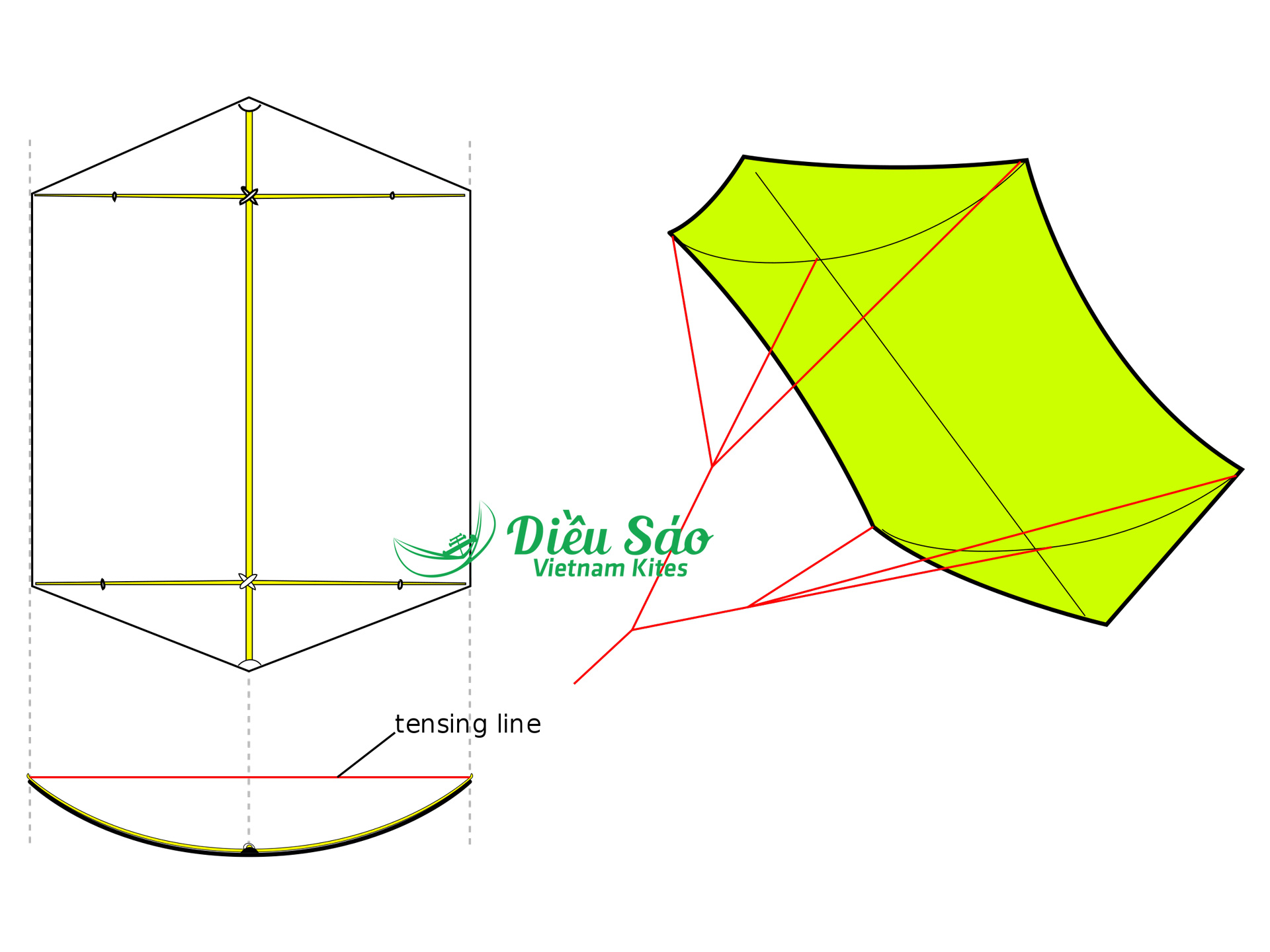
Rokkaku Kites In Action
The Rokkaku kite is also quite popular in the West as well. The Rok, as it’s often referred to in the West, is a tailless bowed design, hexagonal in shape. Even more so than a large diamond, the rokkaku kite is pretty versatile. Roks are used for:
– kite battles, oh yes!
– hoisting line laundry such as spinners and inflatables.
– Kite Aerial Photography in a large range of wind speeds.
– other lifting tasks, such as atmospheric measuring equipment.
– kite rescue – that was a new one on me too!
The rokkaku kite battle originated in Japan, like the kite itself. In the West, these competitions are organized for either individuals or teams. The idea is to force your opponent’s kite to the ground. Here are the three methods used:
– Cutting – by slicing through another flying line with your own, similar to an Indian fighter kite battle
– Tipping – by upsetting another kite with your own flying line, causing the other kite to touch the ground. Takes a bit of skill.
– Wind blocking – managing to stay in the air while others run out of flying room and end up on the ground. Sneaky!

 English
English
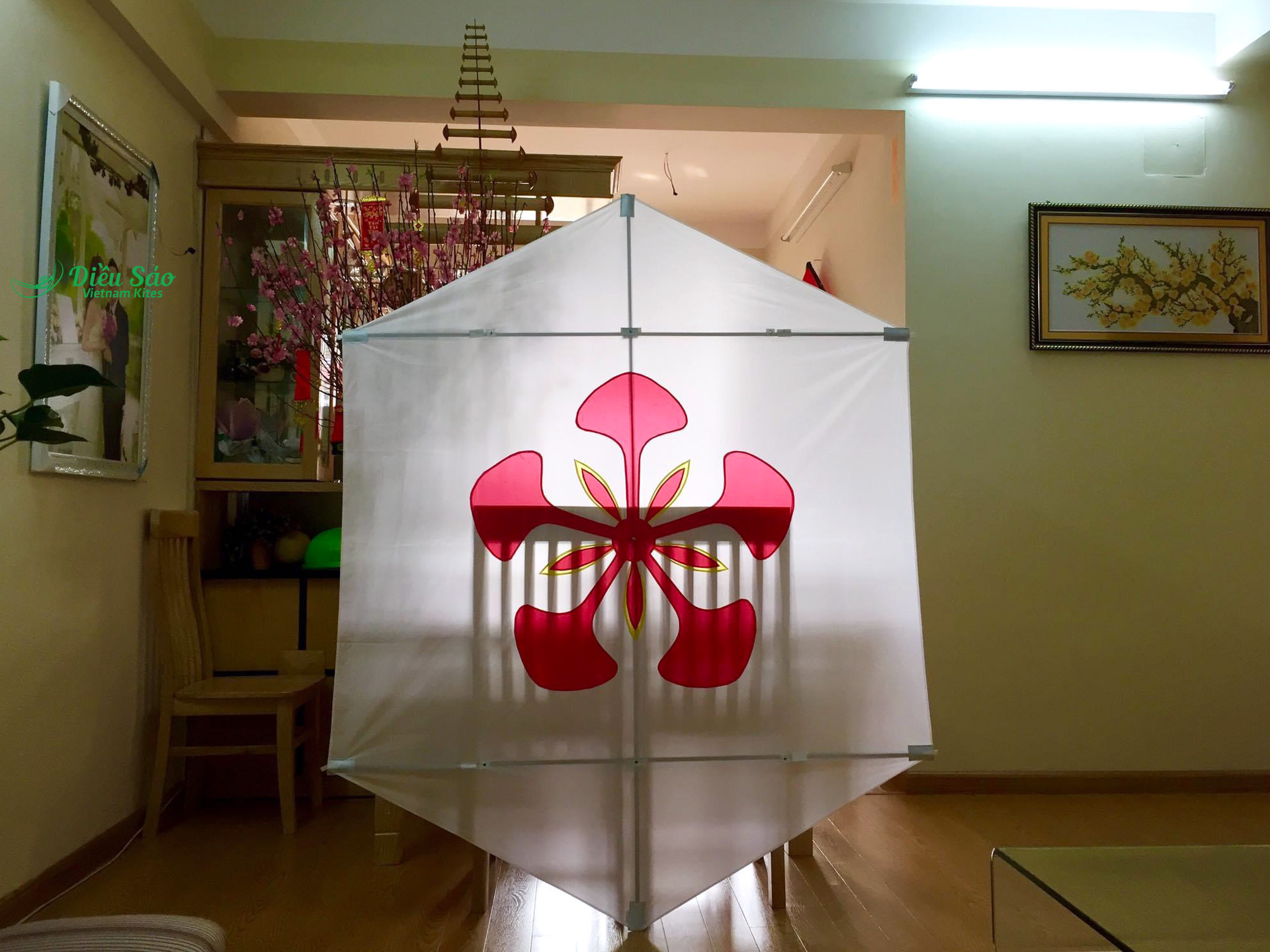

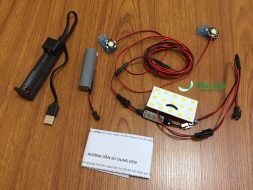
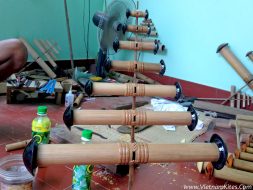
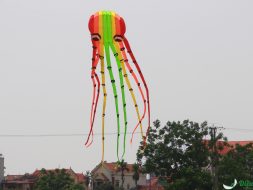
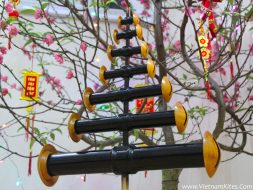
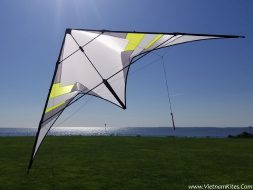
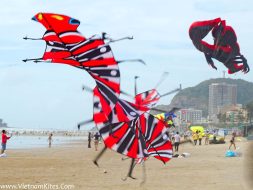
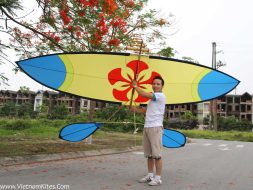
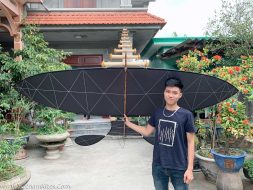
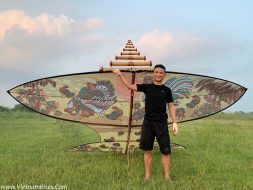
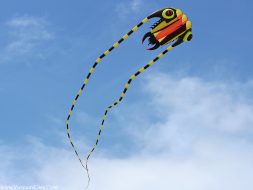
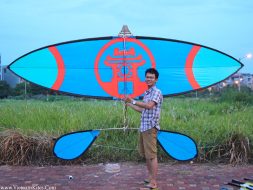



Reviews
There are no reviews yet.